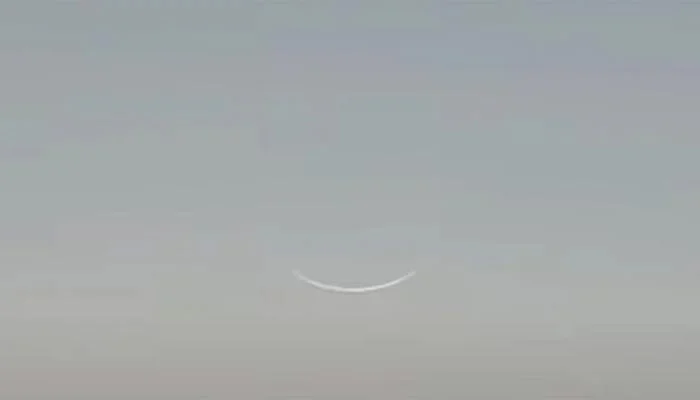Based on astronomical calculations, Eid al-Adha is expected to be observed on June 7 in Pakistan, as there is no likelihood of the Zil Hajj moon being sighted on May 27.
Astronomer Dr. Faheem Hashmi stated that the new moon is improbable to be visible in Pakistan on May 27 because it will only be 11 hours old at sunset on that day.
Hashmi further predicted that the crescent of Zil Hajj is likely to be sighted on May 28, making a strong possibility for Eid al-Adha to fall on June 7. He added that on May 28, the moon’s age will exceed 35 hours, significantly increasing the chances of its visibility.
In the United Arab Emirates (UAE), according to the Emirates Astronomy Society, this auspicious Islamic festival is projected to occur on June 6. Gulf News reported that the moon, which marks the commencement of Dhu al-Hijjah, the final month in the Islamic lunar calendar, is anticipated to be visible on May 27. This would establish May 28 as the first day of the month.
Ibrahim Al Jarwan, Chairman of the Emirates Astronomy Society, made this announcement. He also noted that the crescent will emerge at 07:02 AM UAE time on May 27 and will remain visible for approximately 38 minutes after sunset, thus facilitating its probable sighting that evening.
Eid al-Adha, also known as the “Feast of Sacrifice,” commemorates the Qur’anic narrative of Prophet Ibrahim’s readiness to sacrifice his son in obedience to God – a profound test of faith that was divinely intercepted and replaced with a ram.
Furthermore, this significant occasion is celebrated with communal prayers, family gatherings, and acts of charity, including the ceremonial sacrifice of livestock, with the meat being distributed among relatives, friends, and those in need.



